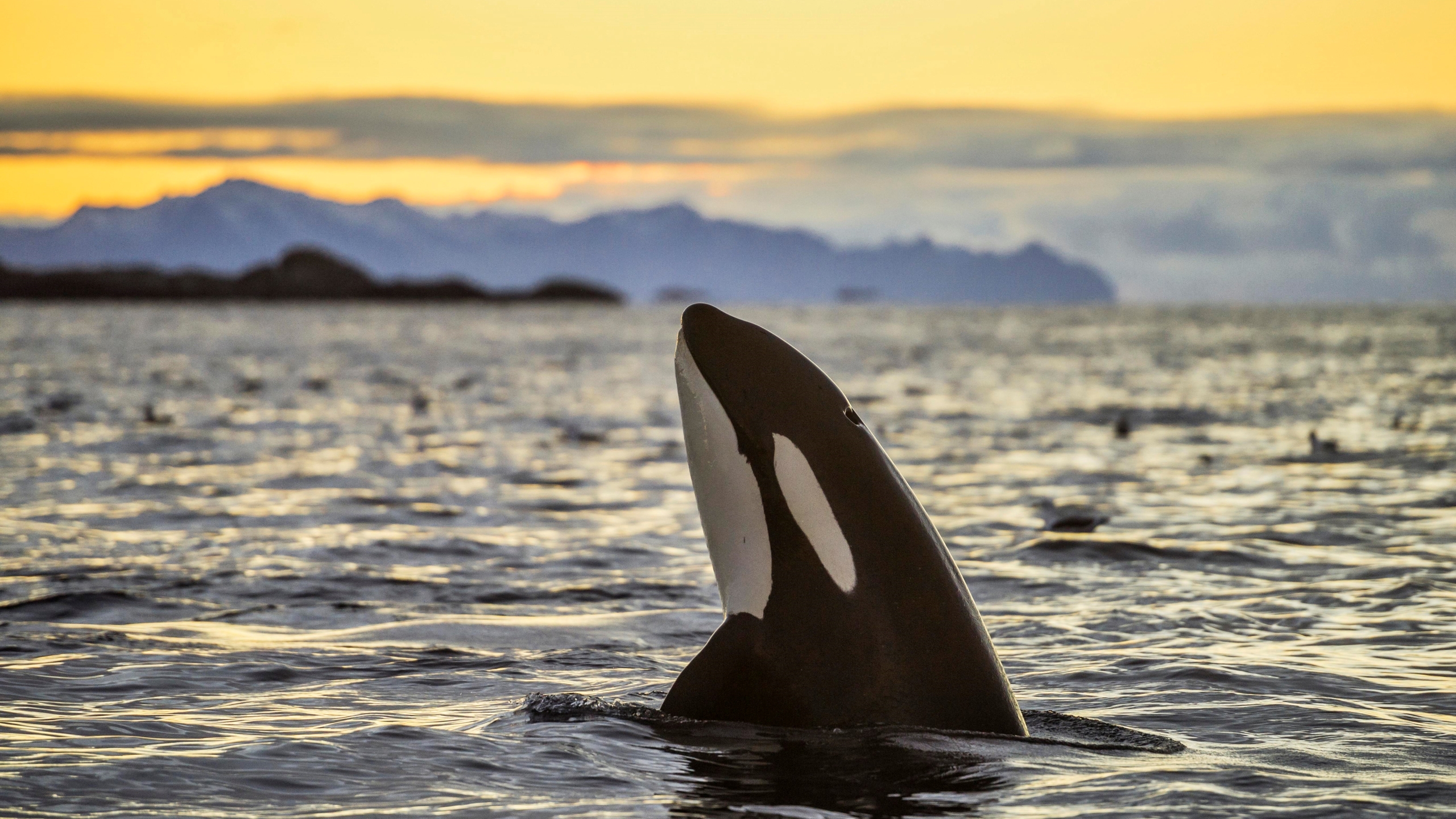Orcas are attacking boats near Europe. It might be a fad.
Orcas sometimes pick up a behavior for a while and then quit it just as quickly.

Orcas are snapping the rudders off boats off the European coast, and scientists aren't sure why.
According to NPR, the spate of odd encounters has spanned from the coasts of Portugal and Spain up to France. No one has been injured or killed, but the orcas have damaged several boats, and reportedly sank a sailboat on July 31.
The most recent attack came off the coast of France earlier this month, when a group of orcas began ramming a 37-foot (11.2-meter) sailboat belonging to Ester Kristine Storkson, 27, and her father. The pair were headed to Madeira, an archipelago west of Morocco, as part of a round-the-world sailing attempt when several killer whales surrounded them. After about 15 minutes, the cetaceans swam away, leaving behind only a quarter of the sailboat's rudder. Storkson and her father were able to get to the French coast for repairs.
Scientists aren't sure why the orcas are going after rudders, but the incident near France was farther north than previous encounters, which have occurred near Spain and Portugal. This suggests that more than one pod of orcas have picked up the behavior, Renaud de Stephanis, president and coordinator at CIRCE Conservación Information and Research, a cetacean research group based in Spain, told NPR.
Orcas are social animals and do sometimes pick up behaviors from one another in a way that strongly resembles human fads. In 1987, for example, orcas in the Puget Sound began wearing dead salmon like hats. According to a 2004 paper in Biological Conservation, one female orca started the trend, and it spread like a viral TikTok challenge through two other pods. After about six weeks, the orcas stopped putting salmon on their heads; a few tried to bring the trend back the next summer, but the fad was done.
Related reading: Facts about killer whales
Dolphins, which are also social cetaceans like orcas, also have fads. One 2018 study in the journal Biology Letters reported that wild dolphins in southern Australia may have gotten into the cool new trend of "tail walking" thanks to a dolphin that was temporarily housed in a rehabilitation center as a calf. The dolphin wasn't trained while being cared for by humans, but had the opportunity to watch captive dolphins tail walk, a move in which a dolphin raises most of its body out of the water vertically and skims backward using its tail fin. A few years after the dolphin was tagged and released back into the Port River Estuary, dolphins in the area spontaneously started tail walking. The trend continued for over a decade, peaking around the time the (possibly) trendsetting dolphin died and finally fading out in 2014.
Sign up for the Live Science daily newsletter now
Get the world’s most fascinating discoveries delivered straight to your inbox.
Meanwhile, orcas in the Pacific have recently taken to playing with crab pots, Jared Towers, the director of Bay Cetology, a research organization in British Columbia, told NPR. Nevertheless, scientists aren't sure what is attracting the European orcas to rudders. It might be that they like the feeling of water being moved by a boat propeller, de Stephanis suggested to NPR.
When a boat's propeller isn't moving, de Stephanis said, "they get kind of frustrated and that's why they break the rudder."
However, at least one boat-orca encounter occurred while the propeller was running, NPR found. Scientists also speculated that perhaps the orcas are simply fascinated by moving boat parts. Juvenile males are often very curious and playful, and de Stephanis said he believes that the boat attacks are the work of some mischievous adolescents. If that's the case, the orcas will probably outgrow their bad behavior, not unlike human teens.
"This is a game," de Stephanis said. "When they ... have their own adult life, it will probably stop."
Originally published on Live Science.

Stephanie Pappas is a contributing writer for Live Science, covering topics ranging from geoscience to archaeology to the human brain and behavior. She was previously a senior writer for Live Science but is now a freelancer based in Denver, Colorado, and regularly contributes to Scientific American and The Monitor, the monthly magazine of the American Psychological Association. Stephanie received a bachelor's degree in psychology from the University of South Carolina and a graduate certificate in science communication from the University of California, Santa Cruz.









